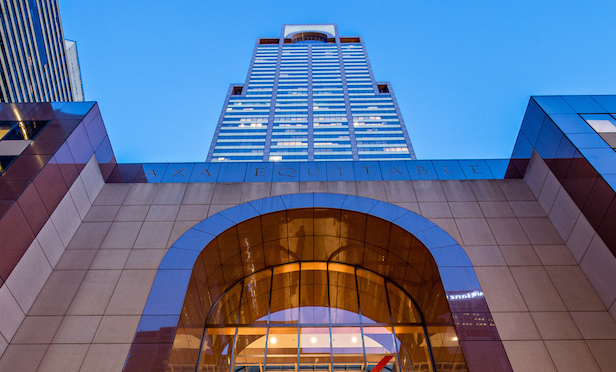
SANTA BARBARA, CA—The past decade has represented a new, and in many respects lower-flying, environment for US office investment compared to the previous 10 years, according to Yardi Systems' COMMERCIALCafé. Although the top two office investment markets since 2008 have been the same as those in the years from 1997 to 2007, the rest of the top 10 looks quite different over the two decades, and the pool of top investors has changed even more dramatically.
What's also apparent is that while the office investment sales market has regained traction since the Global Financial Crisis, it's not hitting quite the same peaks as it reached in the prior cycle. The post-recession peak was reached in 2015 with volume of $115 billion in sales of $5 million or greater, compared to $135 billion in 2007.
A look at the top 10 investors from '08 to '17 reveals not only a different roster compared to the previous decade, but also a lower tally. The current pool of leading investors spent a total of about $75.1 billion on office over the past 10 years, compared to a total of more than $117 billion invested by their counterparts of the previous cycle.
Between '97 and '07, the top investor in US office was Tishman Speyer, with a total of approximately $18.6 billion of office investments. Over the past 10 years, Tishman Speyer and six other members of the previous decade's top 10 roster have disappeared from the list, and the big spender between '08 and this year, JP Morgan Asset Management, has made about $10.8 billion of acquisitions in the sector—a tally that would have put it in seventh place on the '97-'07 roster.
The leading market for office investment in the decade that ended in '07 was Manhattan, and that remains the case in COMMERCIALCafé's current 10-year period. Yet unlike second-place Washington, DC, which maintained its ranking even with a dollar-volume decline of more than 20%, Manhattan has seen a higher total over the past 10 years than it achieved in the '97-'07 period: $128.7 billion, compared to $118.4 billion in the prior decade.
On a percentage basis, the Bay Area—including both the San Francisco and San Jose markets—has seen even greater gains. The dollar volume total for the two office markets over the past 10 years has been $75.2 billion, an increase of nearly 45% from the '97-'07 period.
A lasting effect of the GFC has been more conservative borrowing, in conjunction with tighter standards on the part of lenders. In the current decade, interest rates peaked at 7.26% in 2009, roughly on a par with the levels recorded a decade earlier after four years of positive growth. Since then, they have declined steadily, and reached 3.02% at the close of this year's second quarter.
Maturities have also lengthened since the peak of the previous cycle. “In 2008, investors were taking on office loans with a maturity date of just seven years, on average,” according to COMMERCIALCafé. “Starting with 2009, the average maturity increased, peaking in 2015, when office loans had a final deadline of nearly 11 years.” At present, it's about 10 years, comparable to the average 20 years ago.
Want to continue reading?
Become a Free ALM Digital Reader.
Once you are an ALM Digital Member, you’ll receive:
- Breaking commercial real estate news and analysis, on-site and via our newsletters and custom alerts
- Educational webcasts, white papers, and ebooks from industry thought leaders
- Critical coverage of the property casualty insurance and financial advisory markets on our other ALM sites, PropertyCasualty360 and ThinkAdvisor
Already have an account? Sign In Now
*May exclude premium content© 2025 ALM Global, LLC, All Rights Reserved. Request academic re-use from www.copyright.com. All other uses, submit a request to [email protected]. For more information visit Asset & Logo Licensing.








